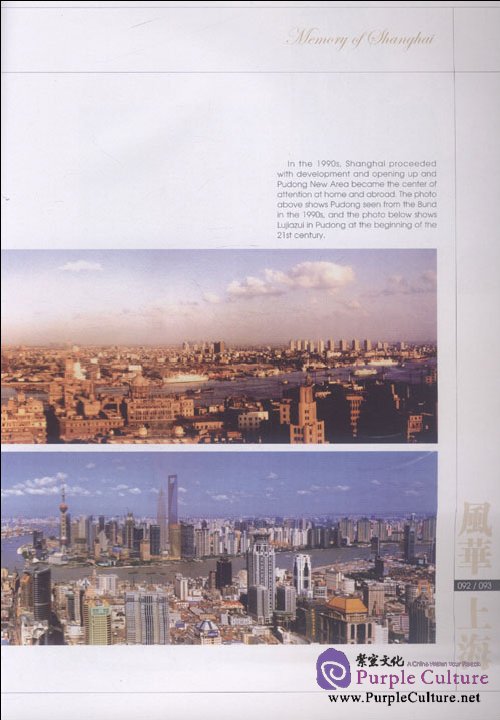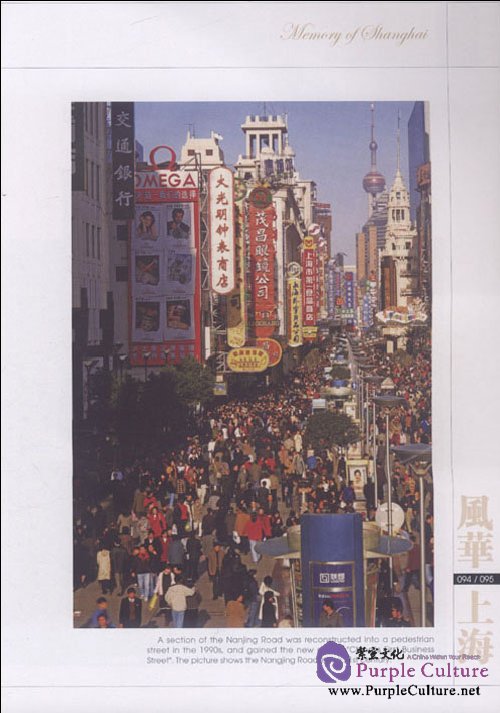Sample Pages Preview


Shortly
after the opening of port in Shanghai, con- cessions began a rapid
expansion, so that there were an increasing number of foreign residents.
They built many simple Western-styled houses. At the same time, peasant
uprisings gained intrusion into the Shanghai, Jiangsu and Zhejiang
areas, and as a result, business owners, country squires and peasant
workers rushed into the relative safety of the British Settlement and
French concession. The overcrowding situation demanded the city houses
to cover less land and have larger capacities, thus giving birth to the
first wave of property development in Shanghai. Foreign businessmen
leased land for the construction of a large number of wood houses. In
the early 20th century, Shanghai's residential houses "changed looks"
again, and gradually transformed from the cottage-style single-family
courtyard to rows of connected high-density buildings. By the 1930s,
shikumen, new lane houses and apartment buildings were the principal
residences of the Shanghai people and company employees, while the
rich businessmen and high-ranking officials built their private mansions in the sparsely populated western suburbs of Shanghai.
PrefaceUsing
both pictures and words, this book demonstrates the development history
of the Shanghai city and its people and culture with vivid images.
Different from previous works, this book emphasizes the depths and
expanses of time, starting from the beginning of the formation of
Shanghai to the 21st century.
Through all kinds of pictures, and from
the perspectives of economy, culture, folklore, arts and etc., it
offers a multi-point multi-faceted view of the history of Shanghai in
its integration of the Chinese and Western cultures and the resulting
formation of its urban spirit.

